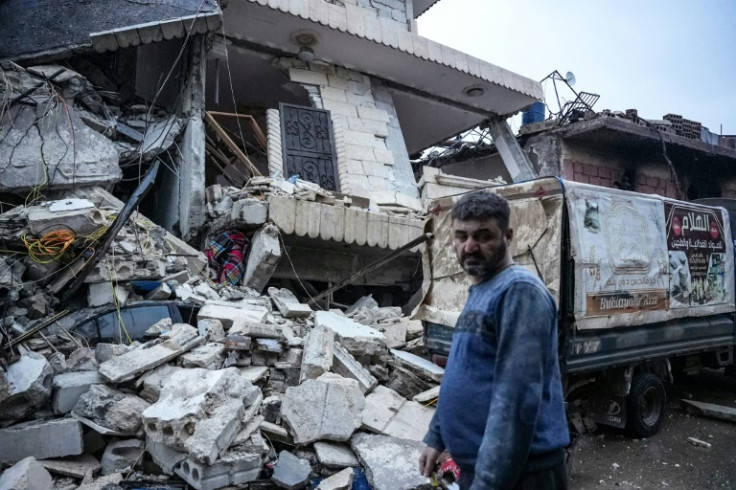These Factors Made The Turkey Earthquake So Deadly, According To Science

KEY POINTS
- Turkey's structures were not built to adapt to earthquakes
- Two of the biggest shocks occurred just a few miles from the surface
- A sizable area in the region is also at risk of landslides
Thousands of people got killed while thousands remain missing after a magnitude 7.8 earthquake struck Turkey and Syria early Monday.
The deadly earthquake is one of the strongest to hit the region in over 100 years. According to the United States Geological Survey (USGS), the quake struck south-central Turkey near the Turkey/Syria border.
As of Tuesday morning, Turkey's death toll has reached 2,921, while Syria's toll stands at 1,444. With more people to be recovered from collapsed buildings, the World Health Organization (WHO) has predicted the toll to reach 20,000 in the coming days.
So why was the Turkey earthquake so deadly?
It is important to note that the initial earthquake was followed by just as deadly aftershocks, with the largest aftershock being a magnitude 7.5 quake.
The two largest earthquakes in the series – the initial shock and the magnitude 7.5 aftershock – occurred just 11 miles and 6 miles deep from the surface, the USGS reported. With the two quakes being relatively shallow, the intensity of the shaking was severe since the seismic waves did not have to travel far to reach the surface.
"This earthquake produced intense shaking in the epicentral region," USGS scientist Kishor Jaiswal said in the report.
It also did not help that the area in the center of the earthquake was built with older types of concrete frames and not designed for earthquakes.
"While newer buildings in other parts of Turkey (like Istanbul) are designed with modern earthquake standards in mind, the area affected by this earthquake included more vulnerable buildings, like older types of concrete frames that were not designed from seismic considerations to absorb this much ground motion," Jaiswal said.
Another USGS scientist said many structures in the region were very vulnerable because they were not built to adapt to earthquakes.
"It's difficult to watch this tragedy unfold, especially since we've known for a long time about how poorly the buildings in the region tend to behave in earthquakes," USGS scientist David Wald said.
"An earthquake this size has the potential to be damaging anywhere in the world, but many structures in this region are particularly vulnerable."
Unreinforced brick masonry and low-rise concrete frames were at the highest risk, as per the agency, since the materials used were too stiff to sway during an earthquake and more likely to fall apart.
A Ground Failure Estimates report revealed that a sizable area and populations are exposed to both landslides and liquefaction hazards after the quakes.
As of Feb. 6 evening, around 30 aftershocks magnitude 4.5 and larger have already been recorded in the area. Only three earthquakes of magnitude 6 or larger have been registered in the region since 1970.
Since the region was largely unprepared for the wide devastation, the survival of people under the rubble relies only on rescue operations.
"The resistant infrastructure is unfortunately patchy in South Turkey and especially Syria, so saving lives now mostly relies on response," Dr. Carmen Solana, a reader in volcanology and risk communication at the University of Portsmouth, told CNN. "The next 24 hours are crucial to find survivors. After 48 hours, the number of survivors decreases enormously."
Other nations have already sent rescue teams and offered help to Turkey, including the United States, United Kingdom, Canada, Israel, Russia and China.

© Copyright IBTimes 2025. All rights reserved.





















